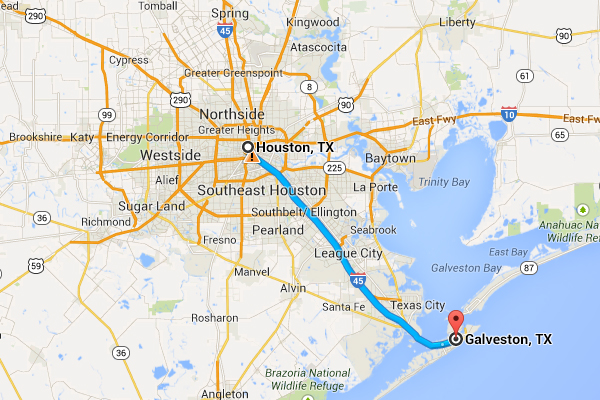Editor’s note: This week’s guest post was written by Becky Lao of the Archaeological Institute of America (AIA) – Houston. On Tuesday, Nov. 12, Dr. Randall White, a prominent expert on paleolithic art, spoke at HMNS as part of the AIA series on the development of art as a great human innovation. The AIA lecture was presented in conjunction with HMNS and The Leakey Foundation.
Imagine this scene: introductions are almost complete. A FULL house is anticipating a talk about the first art made by humans 40,000 years ago in caves. A speaker introduces Dr. White, speaking on caves without light.
Suddenly, THE ENTIRE BUILDING IS PLUNGED INTO DARKNESS!
Four hundred people gasp — this outage was not a special effect! We rush out to find the surrounding area is completely dark. A major power outage is affecting the entire Museum District and Medical Center. Looking out the window, we see some lights slowly turn on in the Med Center as emergency generators kick in. HMNS staff works valiantly to find a battery-powered microphone as emergency lights switch on, dimly lighting the hall. We allow the audience to leave or stay to hear stories told in the dark — just as might have happened 40,000 years ago!
Half decide to stay.
Our intrepid lecturer begins. He talks of gorgeous art produced in the deepest depths of caves, illuminated only by animal fat lamps or torches; thousands of stunningly tiny beads made from pearlized shell nacre and calcite, each of which took three hours to make (why devote that many hours to adornment production rather than food procurement?); multitudes of prints made from the hands of a wide range of individuals — two-year olds up to those with arthritis; an image of a bull constructed from densely overlapping handprints.
This is what it means to be human. We are all sitting in the dark, mesmerized by his tales, skin prickling as an amazing sense of wonder and community envelopes us. Some 40,000 years after this art was created, we are huddled around a storyteller in the dark. It’s enchanting.
Half an hour later, electricity surges. Dr. White zooms through his magnificent images of wondrous sites. The image of the bull made from human hand prints is breathtaking. The Chauvet depictions of lions and horses are … indescribable.
 We depart into the cold night for well-deserved drinks around the fireplace at a pub, made better by an uncommon encounter with who we are and who we have been for thousands of years.
We depart into the cold night for well-deserved drinks around the fireplace at a pub, made better by an uncommon encounter with who we are and who we have been for thousands of years.
Click here to go to The Leakey Foundation’s website to listen to the audio from the lecture. Make sure you turn off the lights so you get the full experience!








